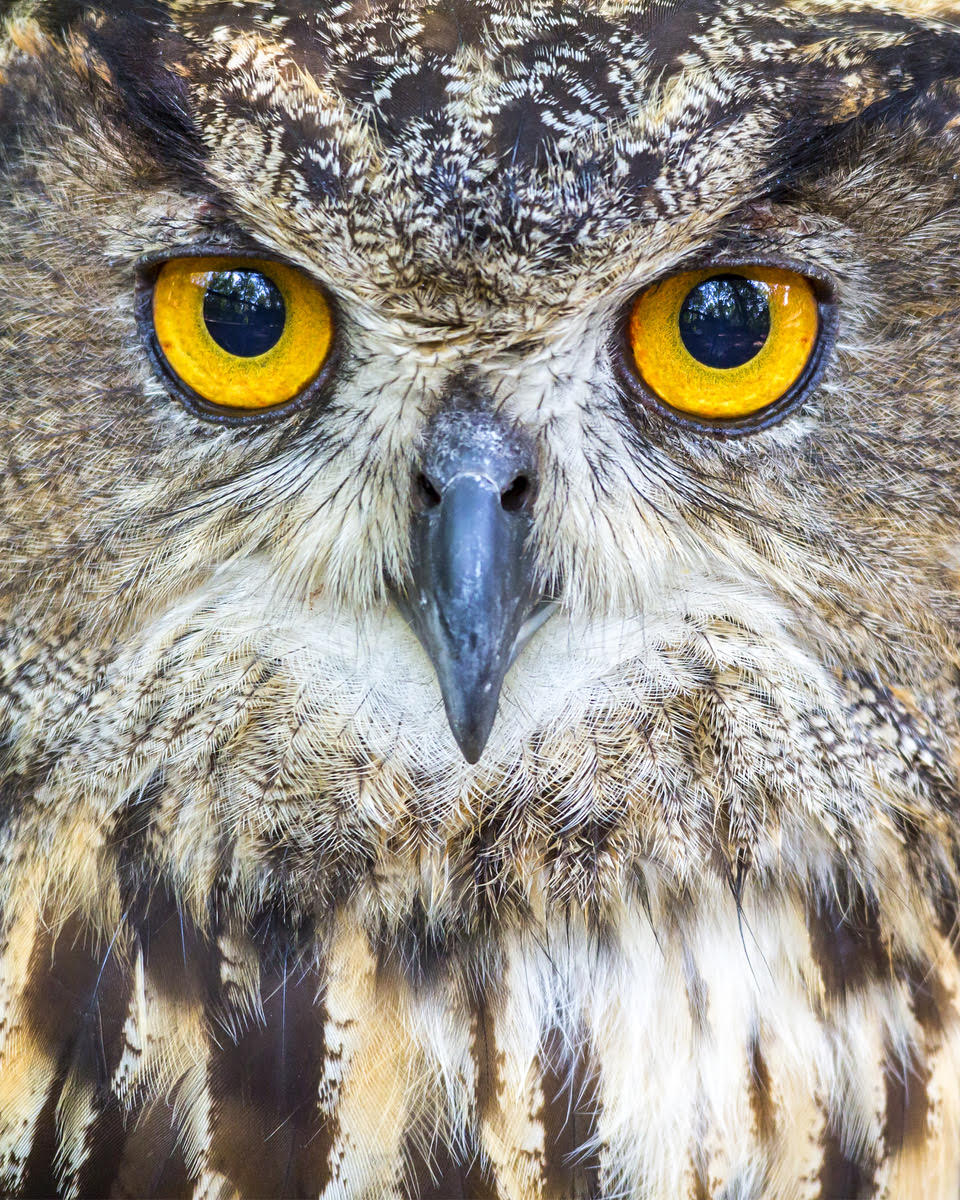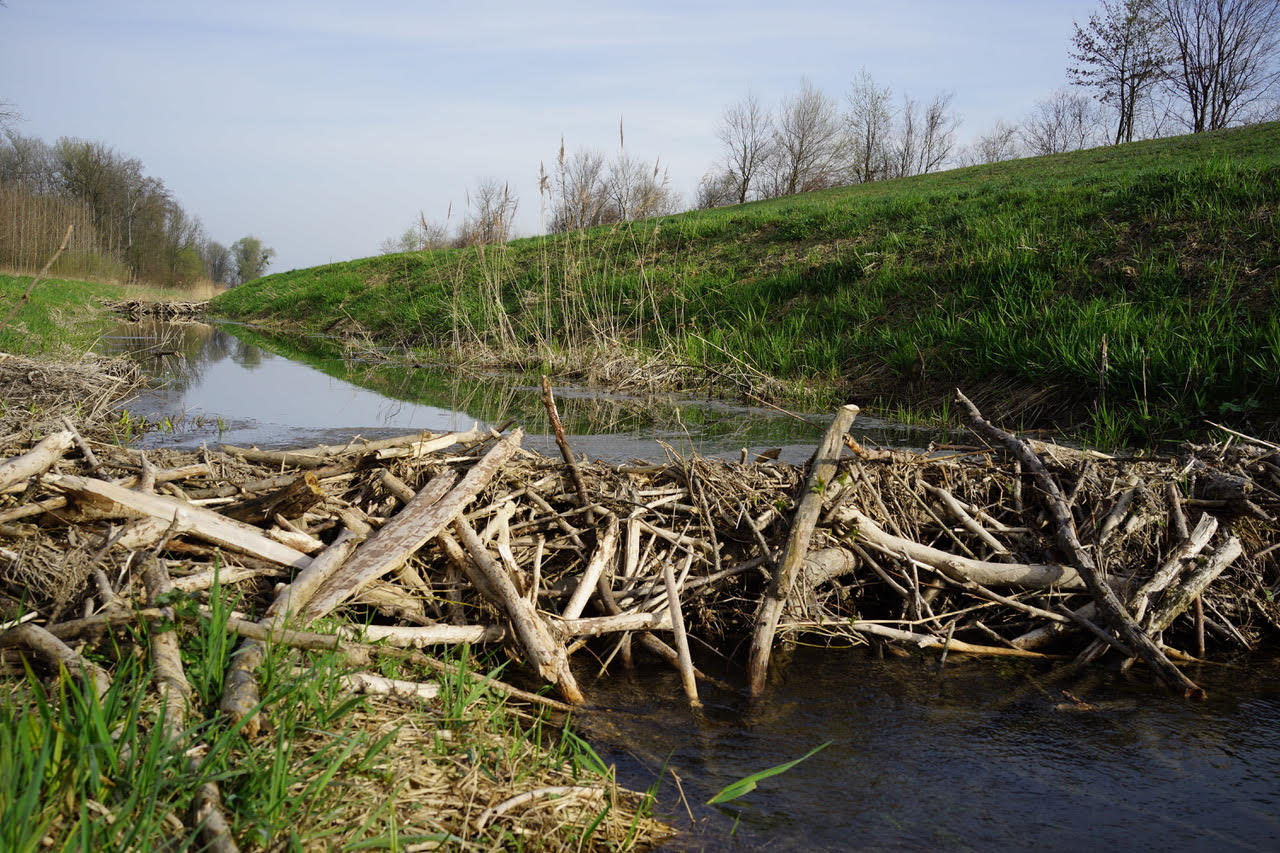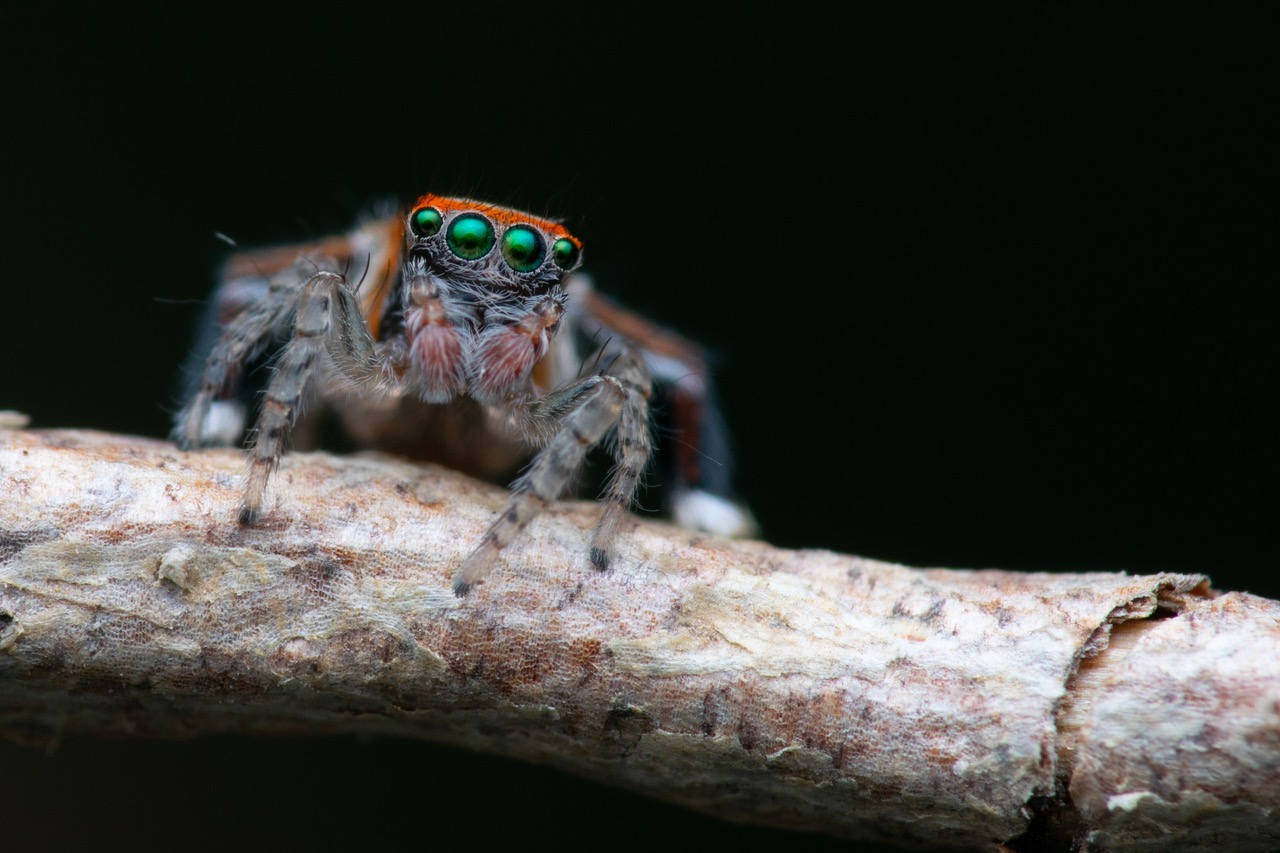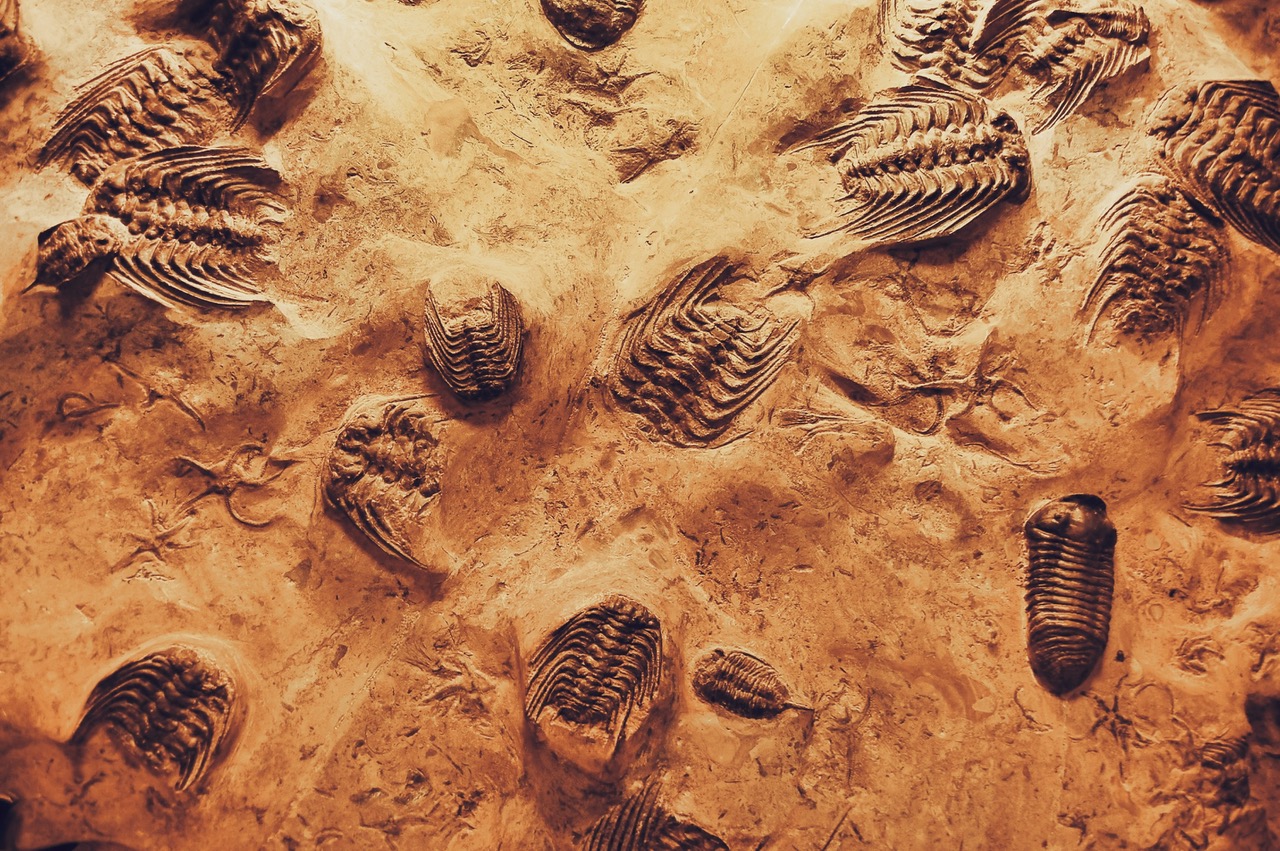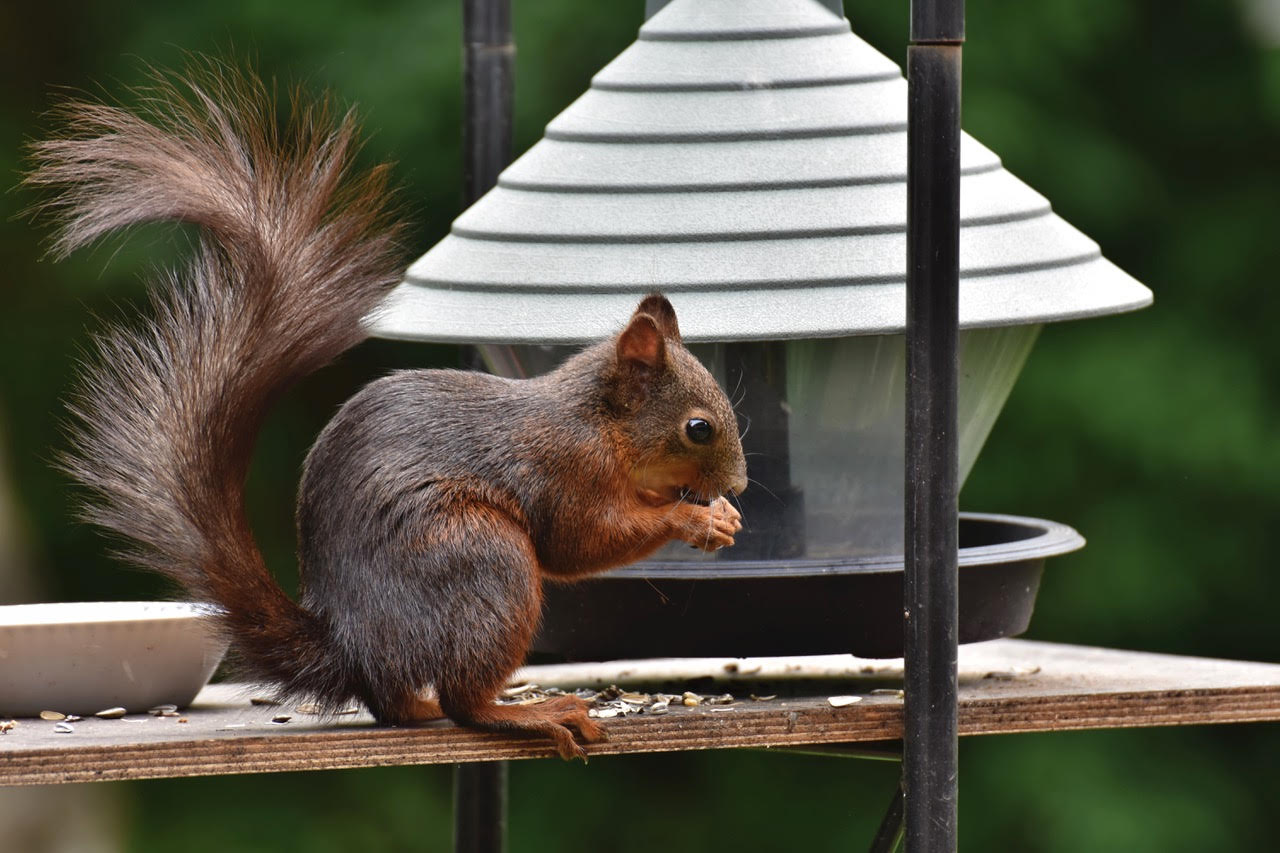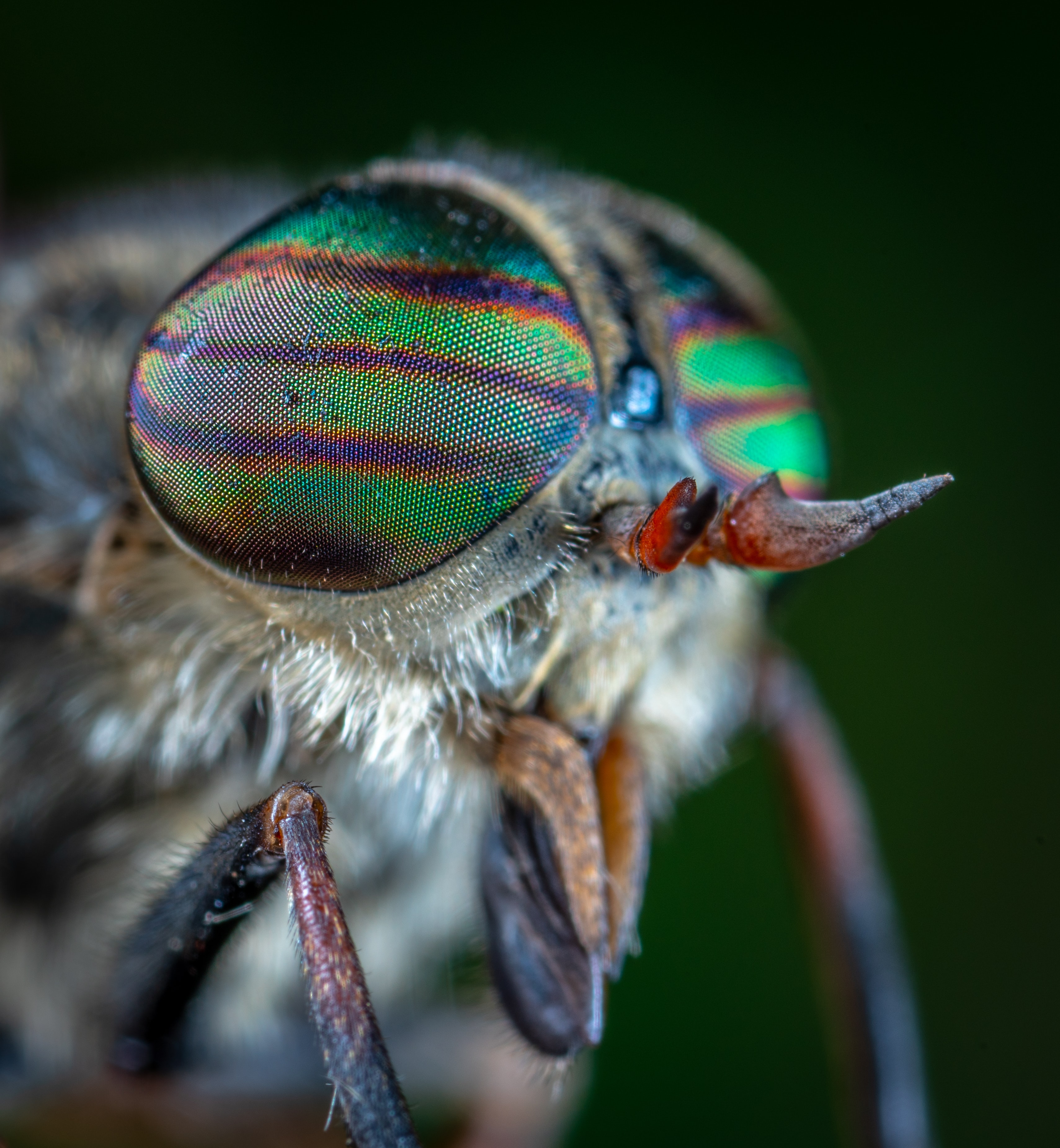Articles » Introductory
I remember one beautiful summer day when our family decided to hike in a local wetland (marsh). As they scampered along, the children were very taken by yellow snapdragon-like flowers projecting above the water surface. Was this somebody’s idea of a joke? Who planted garden flowers under water? This plant however is anything but humorous. Its purpose is to trap and digest small aquatic organisms like water fleas, mosquito wrigglers, tiny worms or anything that is the right size and moves.
Read the rest of this entry »Owls, although birds, are unique compared to other airborne avians. Called the greatest hunters, they are one of the rare bird species that regularly hunt at night.[i] They also have eyes that face forward rather than being located on the sides of their head like most other birds. Also, unlike most other birds, when not flying, owls sit straight up supported by their two legs. Many of the bones that are separated in mammals are fused together in owls, making them strong enough to support their weight when on the ground. They also have large, broad heads surrounded by a collection of feathers around the eyes. Called a “facial disc”, it functions like a satellite dish to amplify sound.[ii] The facial disc is their distinctive trait, possessed by all owls but by no other bird. Also, in contrast to most birds, they do quite well in very diverse habitats, from deserts to forests and even in locations near the arctic, where they are appropriately named snowy owls.[iii] They are also critically important in keeping the rodent population, especially rats, under control.[iv]
Read the rest of this entry »Consider the lilies of the field. They toil not neither do they spin. Yet even Solomon in all his glory was not arrayed like one of these.
No doubt everyone has stories of times when they saw beautiful plants or animals which quite took their breath away. Flowers are particularly good examples of this phenomenon. In the prairies of Saskatchewan and by roadsides there in June, the beautiful Western Red Lily (Lilium philadelphicum) is guaranteed to claim your attention. No wonder it is the provincial flower of that prairie province in Canada.
Read the rest of this entry »Most Canadians are rightly proud of the beaver, their iconic national emblem. Indeed, the beaver is a remarkable animal with exceptional talents! Its lifestyle is made possible not only through the wonderful design of its body, but also through in-built skills. The fact is that beavers are the only animals anywhere which can change the landscape to suit their own needs and desires.
Read the rest of this entry »The ubiquitous spiders are the unsung friends of humans. Although spiders are widely feared, very few species are dangerous to people. Spiders bite humans only in self-defense, and unless you are allergic to the venom, few spider bites cause stinging worse than a mosquito bite or even a bee-sting (Vetter, 2008). Spiders feed on our most-common indoor pests, including roaches, mosquitoes, flies, and moths. Only one type is a herbivore, the rest are carnivores. An estimated up-to-800-million tons of insect prey are annually consumed by the spider community, reducing the need for dangerous pesticides (Nyffeler and Birkhofer, 2017). Read the rest of this entry »
Creation Weekend 2021’s on-line conference with paleontologist Dr. Marcus Ross was so dynamic and interesting that it seemed as if we had heard him in person. I found myself thinking about his return trip to Virginia. But, of course, he never left Virginia. Nevertheless, with the wonders of technology, Dr. Ross was able to present two excellent and very different topics. Since his field of expertise is fossils, his whole first presentation dealt with fossils, specifically some scary marine reptiles called mosasaurs. The second talk dealt with the objectives of creationists in their pursuit of science.
In the Royal Tyrrell Museum’s spooky Bearpaw Sea exhibit, if you look up, you will see the skeletons of massive marine reptiles including mosasaurs. Dr. Ross actually came as a student to study Alberta mosasaurs at the Tyrrell Museum. Read the rest of this entry »
The Bible tells us that Moses was instructed in all the wisdom of the Egyptians. He used this training when he was called upon, later in life, to lead the Children of Israel through the desert and to write an account of their history. Obviously, Moses did not adopt the pagan philosophy in which his training in Egypt was couched. He evaluated what he heard.
In similar fashion, young Christians are encouraged to pursue modern learning, according to the talents with which they have been given. Like Moses too, they are expected to evaluate the modern explanations. In the light of the complexity of many modern disciplines however, it is obvious that students need help. They need trusted advisors to help them sort through the onslaught of information.
To this end, Creation Science Association’s Margaret Helder has developed a novel tool to assist students embarking on new courses in biology. Since much of the material taught in these courses is based on studies conducted since the year 2000, there are many new terms and concepts involved.All of them are defined in terms of evolutionary assumptions. The definitions available, on-line, all come from an evolutionary agenda. But the data themselves actually support creation! Read the rest of this entry »
Marcus Ross has loved paleontology, and especially dinosaurs, since he was a kid growing up in Rhode Island. His twin passions of Christianity and science have provided some amazing opportunities along the way!
Marcus began his formal studies in geology at the Pennsylvania State University, where he earned a B.S. in Earth Science. It was there that he also began his early work in creation science, writing articles and leading a student creation club on campus. Following graduation, he continued his studies with a M.S. in Vertebrate Paleontology from the South Dakota School of Mines and Technology and later a Ph.D. in Environmental Science (Geoscience) from the University of Rhode Island. His dissertation research focused on the fossil record of mosasaurs, a group of large marine-dwelling lizards known from upper Cretaceous rocks around the world. Read the rest of this entry »
Canada’s is proud of her connection with some great inventors, although sometimes the connection is a little remote. Consider the story of Guglielmo Marconi’s invention of wireless communication (radio). He spent only three weeks in St. John’s Newfoundland, but he made the city famous nonetheless. It was in mid-December 1901 that Marconi successfully received signals sent by collaborators from Cornwall, England, a distance of 3430 km (2100 miles). Within a few days Canada concluded an agreement with the inventor for the construction of a wireless communication station in Cape Breton. This provided him with a subsidized monopoly. Marconi then left Canada and the rest is history. Read the rest of this entry »
One of the most abundant wild mammals living in moderate latitudes is the common squirrel. Squirrels thrive in almost every habitat, from tropical rainforest to semiarid desert. They avoid only the cold polar regions and the driest deserts. Squirrels are also one of the very few mammals that thrive in cosmopolitan areas. Some wild squirrels have even become pets of a sort, or at least comfortable around people, if the human is patient and not aggressive towards the animal (Rose, 2014). As two of the leading squirrel authorities observed, “one can only marvel at how well adapted squirrels are to exploiting a forested environment” and, one could add, an urban environment as well (Steele and Koprowski, 2001, p. 11). Read the rest of this entry »
A lot of people in these COVID times, especially young people, are growing tired of the same old scene, the same four walls, the same view out the windows. No matter how beautiful the scene, it soon ceases to interest us if that is all we see. Nevertheless, even in our same old environments, it is still possible to maintain the flame of interest in the creation. Some young people in Alberta recently shared with me some of their interests in the creation. Clearly their stories show how they are keeping their interests alive. Indeed, these stories can help enhance our appreciation of the creation too. Read the rest of this entry »
Versatile and Beautiful
Have you ever noticed how beautiful objects are which are made of wood? The people of Bible times also appreciated and used beautiful wood. The ancient Phoenicians (Canaanites) exported cedar wood for temples and palaces of many contemporary empires. One of their more famous customers was the Assyrian Sennacherib (about 700 B.C.) who commissioned two fleets of ships to be built from the cedars of Lebanon, one for the Tigris River and the other on the Euphrates River. King David himself made extensive use of cedar wood in his palace and his son, Solomon, proved to be even more enthusiastic about the cedars of Lebanon (Cedrus labani). Solomon promised massive payments to his friend and father-in-law King Hiram of Tyre in return for importing cedar trees for the temple. Much later, the Romans sought cedar wood from Lebanon for their own ships. However, Emperor Hadrian cautioned against over-exploiting this resource. Unfortunately, nobody listened and few of these trees remain today. Read the rest of this entry »
There is a fascination with living organisms that closely resemble fossils dated at millions of years old. The classic definition of a living fossil is an extant organism that closely resembles fossil specimens.
In 1938 Miss Marjorie Courtenay-Latimer of South Africa recognized that among recently caught fish, one specimen was unfamiliar. It turned out to be “the only living member of an ancient group of lobe-finned fishes that was known previously only from fossils and believed to have been extinct since the Late Cretaceous period approximately 70 million years ago (Myr ago)”1 Much later, in 1997, a second species of this fish was discovered in the seas around Indonesia. The two species were named Latimeria chalumnae and L. menadoensis respectively. Read the rest of this entry »
For almost everyone, the year 2020 has certainly presented obstacles to our normal tasks and social gatherings. So it was that CSAA, like many Christian organizations, found that an on-line fall program offered the best hope of sharing our message. Blessed with someone on our team with expert computer skills, the appropriate programs were selected to make the event possible and professional. When David Coppedge of southern California agreed to be our speaker, we were so pleased! All the pieces of the organizational puzzle had fallen into place. One benefit of an on-line event, we discovered, was that people from as far away as Ontario and B.C., were able to enjoy the program. Read the rest of this entry »
It was a surprise to read in the September 17 issue of Nature1 that fruit flies have some interesting things to teach us in the field of technological applications of extremely thin protective coatings.
For this story, we focus on their beautiful red eyes. Like all insects, fruit flies have compound eyes consisting of multiple miniature light receptors which focus on one spot at the back of the eye. We immediately notice that these compound eyes tend to bulge outward, or at least they are highly exposed. There are no eyelids to protect them from damage and/or to protect them from glare. It was back in the 1960s and 1970s that biologists began to notice that insect eyes seem to have some protection after all. Depending upon the lifestyle of the insect, their eyes seem to have anti-reflective or anti-adhesive protection. An anti-reflective coating allows more light to be transmitted through a transparent layer than would normally occur. And an anti-adhesion coating repels water from such a surface. Read the rest of this entry »



